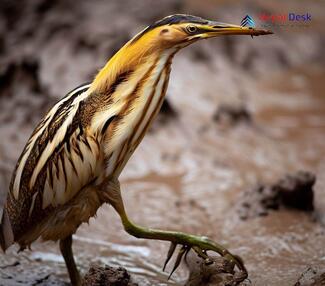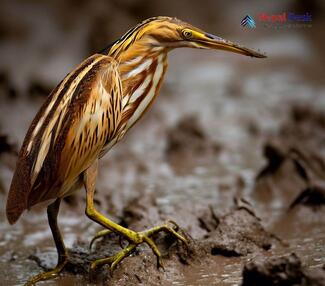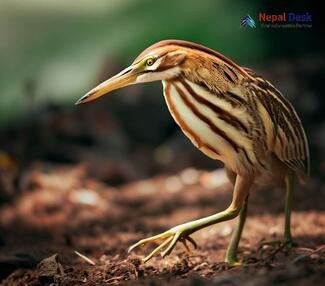Bird enthusiasts and nature lovers alike are captivated by the elusive and mysterious Yellow Bittern (Ixobrychus sinensis). Often camouflaged among the reeds and vegetation surrounding their habitat, these fascinating birds offer an insight into the rich and diverse ecosystems of Asia. In this article, we delve deeper into the taxonomy and physical features of the Yellow Bittern, its habitat and diet preferences, as well as its breeding and nesting behaviors. We also explore the presence of this secretive avian gem in Nepal – a hotspot for birdwatching.
Taxonomy and Physical Features
The Yellow Bittern belongs to the family Ardeidae within the order Pelecaniformes and is one of the smallest in its family. Its scientific name, Ixobrychus sinensis, reveals its Asiatic origins. Adult Yellow Bitterns have a predominantly yellowish-brown plumage that assists them in blending seamlessly with their surroundings. They possess short legs and a neck that is usually retracted when flying or hunting. Males have a darker blackish crown while females display more streaks on their upperparts. Although small in stature with an average length of 36-38 cm, these secretive birds are skilled predators with long, sharp bills used for catching prey.
Habitat and Diet
The Yellow Bittern thrives in a range of aquatic environments such as marshes, swamps, rice paddies, ponds, and even flooded farmlands. This wide variety of habitats reflects its adaptability to different wetland ecosystems across Asia. The diet of this elusive hunter mainly consists of small fish, amphibians like frogs and tadpoles as well as aquatic insects – all bountifully available within its chosen habitat.
Breeding and Nesting
The breeding season of the Yellow Bittern typically occurs during the rainy months between May and August. During this time, the males showcase their territory through a courtship display that involves unique wing-flapping, neck-stretching, and soft vocalizations. Successful pair formation results in the construction of a nest made from reeds or other vegetation, which is cleverly concealed within the dense habitat. The female is responsible for incubating the eggs, while both parents share feeding duties for their offspring once they hatch.
Presence in Nepal
Nepal is an important haven for many bird species due to its diverse habitats and unique topography. Although considered a vagrant species in Nepal, recent sightings of the Yellow Bittern suggest that it may be expanding its range. In particular, birdwatchers have reported multiple sightings at sites such as Koshi Tappu Wildlife Reserve and Chitwan National Park – both well-known birdwatching hotspots.
In conclusion, the Yellow Bittern is an intriguing member of the heron family that exemplifies the diversity and adaptability of wetland birds. As more information about its ecology becomes available through continued research and observation, we stand to gain a deeper appreciation for these elusive creatures and the habitats they call home. By protecting these vital ecosystems in countries like Nepal, we safeguard not only the Yellow Bittern but countless other species that depend on these unique environments for their survival.




